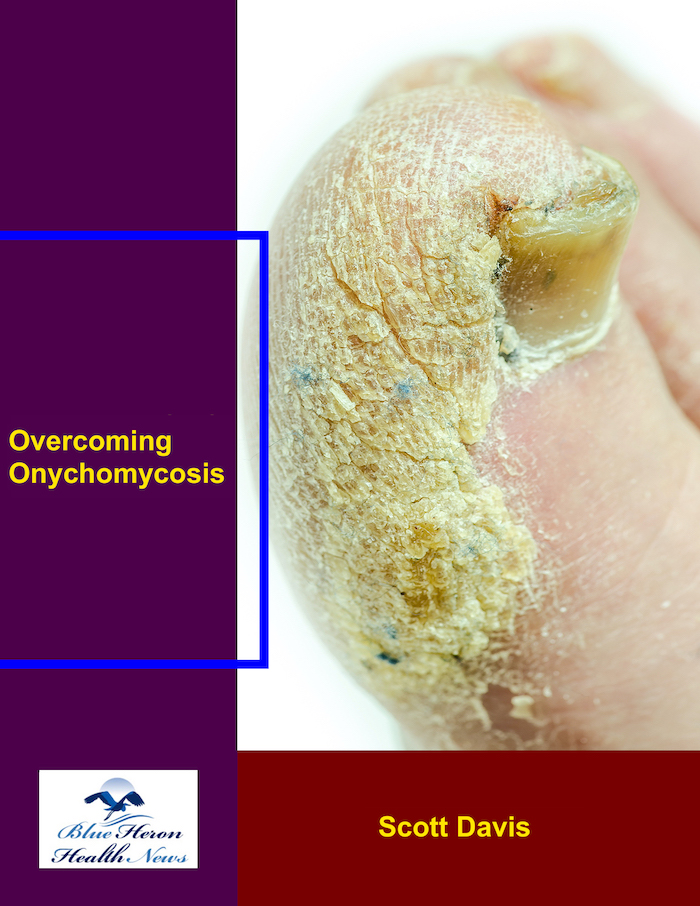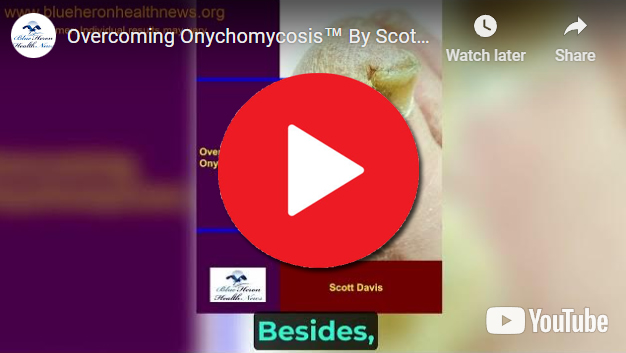
Overcoming Onychomycosis™ By Scott Davis It is a simple, natural, and all-in-one solution for onychomycosis. The program can help you to treat your nail fungus naturally. Once you follow this program, you do not need to spend on expensive treatments to prevent a recurrence. In brief, you can have a proven solution for your chronic nail fungus. Besides, the program is easy to follow, and most users find it effective against onychomycosis.
How can one manage pain after hemorrhoid surgery?
Managing pain after hemorrhoid surgery is essential for a comfortable recovery and to ensure proper healing. While some pain and discomfort are expected, there are several strategies you can use to manage and minimize pain effectively. Here are some pain management techniques:
1. Pain Medications
- Prescribed Painkillers: Your surgeon will likely prescribe pain medication, such as acetaminophen (Tylenol) or ibuprofen (Advil, Motrin), or a stronger painkiller if necessary. Take these medications as prescribed, and avoid skipping doses to maintain consistent pain relief.
- Topical Analgesics: Some surgeons may recommend topical creams or ointments with local anesthetics (such as lidocaine) to numb the area temporarily. These can provide additional relief, especially after bowel movements.
- Stool Softeners: While not directly related to pain, stool softeners can help make bowel movements easier, reducing strain and pain during recovery. Your doctor may recommend a stool softener to help prevent constipation and ease the process of passing stools.
2. Sitz Baths
- Warm Water Soaks: Taking warm sitz baths (sitting in shallow, warm water) several times a day, especially after bowel movements, can help soothe the area, reduce swelling, and promote healing. The warmth can also relax the muscles in the pelvic area, easing discomfort.
- Duration: Soak for about 15-20 minutes. Be sure the water is not too hot, as this could cause further irritation. Gently pat the area dry with a soft towel afterward.
3. Ice Packs and Cold Compresses
- Cold Therapy: Applying ice packs or cold compresses to the affected area can help reduce swelling and numb the pain. Use ice wrapped in a cloth or a cold gel pack, and apply it for about 15-20 minutes at a time. This can be especially helpful in the first 48 hours after surgery when swelling and inflammation are most pronounced.
- Frequency: Apply the cold compress several times a day, especially if you experience discomfort or swelling.
4. Proper Hygiene and Care
- Gentle Cleaning: Keep the surgical area clean and dry to prevent infection, which can increase pain. Use mild, unscented soap and warm water to gently clean the area after each bowel movement. Avoid scrubbing or using harsh chemicals that could irritate the area.
- Avoid Wiping: Instead of wiping with toilet paper, you might consider using moist wipes (alcohol-free and fragrance-free) or a bidet to clean the area gently. This can help prevent further irritation or injury to the sensitive area.
- Use a Soft Pillow: Sitting directly on the surgical area can be painful. Consider using a soft cushion or a special hemorrhoid donut pillow while sitting to relieve pressure on the affected area.
5. Dietary Modifications
- Increase Fiber Intake: Eating high-fiber foods, such as fruits, vegetables, whole grains, and legumes, can help prevent constipation and reduce straining during bowel movements. Straining can increase pain after surgery.
- Stay Hydrated: Drink plenty of water to keep stools soft and promote regular bowel movements. Staying hydrated is important for maintaining overall bowel health.
- Stool Softeners: As mentioned, taking stool softeners or mild laxatives, as recommended by your doctor, can ease the process of passing stools and minimize strain, which in turn can reduce pain.
6. Avoiding Straining During Bowel Movements
- Go When You Need To: Try to avoid holding in bowel movements, as this can lead to increased pressure and straining. Go as soon as you feel the urge to avoid difficulty during bowel movements.
- Take Your Time: Don’t rush when using the bathroom. Straining and pushing too hard can worsen the pain and delay the healing process. If necessary, use a stool softener to make bowel movements easier.
7. Maintaining a Comfortable Position
- Rest and Elevate: When resting, lie on your side or elevate your legs slightly with pillows to reduce pressure on the surgical site. This can help you feel more comfortable and reduce pain.
- Avoid Sitting for Long Periods: Sitting for extended periods, especially on hard surfaces, can exacerbate pain and discomfort. Take breaks to stand and walk around regularly.
8. Gradual Activity Resumption
- Limit Physical Strain: While some light walking is encouraged during recovery, avoid any heavy lifting, strenuous exercises, or activities that put pressure on the pelvic area. These can increase pain or cause complications.
- Increase Activity Gradually: As pain subsides, you can gradually return to more normal activities. But be sure to listen to your body and stop if you experience increased pain or discomfort.
9. Manage Stress and Anxiety
- Relaxation Techniques: Stress and anxiety can heighten the perception of pain. Practice relaxation techniques such as deep breathing, meditation, or gentle yoga to help manage stress and keep pain levels in check.
- Resting Properly: Ensure you get enough sleep, as quality rest plays a vital role in healing and pain management. Sleep helps your body repair and reduces the feeling of pain.
10. Follow-Up Appointments
- Regular Check-Ups: Attend any follow-up appointments with your surgeon to monitor healing and manage any pain or complications. If the pain becomes severe or persists longer than expected, your doctor may need to adjust your treatment plan.
By following these pain management strategies, you can help ensure a smoother recovery from hemorrhoid surgery. Be patient, as complete healing may take time, but with proper care and attention to your body’s needs, the pain should gradually diminish. Always communicate with your healthcare provider if you experience any concerns or unusual symptoms during your recovery.
Overcoming Onychomycosis™ By Scott Davis It is a simple, natural, and all-in-one solution for onychomycosis. The program can help you to treat your nail fungus naturally. Once you follow this program, you do not need to spend on expensive treatments to prevent a recurrence. In brief, you can have a proven solution for your chronic nail fungus. Besides, the program is easy to follow, and most users find it effective against onychomycosis.
